Megan Mosby
Executive Director
In my last blog, I bemoaned the illegal possession of wildlife…its horrors to the animal and eventually to the thief. I get it. Wildlife is beautiful and fascinating, and it belongs in the wild.
It is possible, however, to encourage wildlife to come to you willingly and thankfully if you are proactive in creating compatible habitat for it to visit, live in, and even a place in which to raise its families. This can be done if you have acreage, a yard, a balcony, or container garden or even in a schoolyard, work landscape or a roadside green space.
It is pretty common knowledge that habitat loss has put a huge strain on the success of wildlife both large and small from insects to large mammals. They all could use some help from us. Anything that we could add to their living space will increase their successes and ultimately bring both pleasure, abundance, and balance to our lives.
Here are some things to add to your chosen landscape…your personal and possibly shared habitat.
- Water is critical. It is needed not only for drinking but also for bathing and possibly for breeding purposes.
- Food consideration depends on the particular species you are encouraging to visit your area. A basic need for wildlife is the availability of native plants. The food supply for native wildlife is seemingly writ in gold, so to speak. Wildlife, including insects and reptiles, have evolved over eons to survive on the plants and animals in their environs.
- Beyond food and water, wildlife needs cover to get out of bad weather, to hide from predation, and to provide the basic food needs. Added to this there needs to be a safe place to nourish and raise their young.
Providing all of these things will add to the sustainability of wildlife and as a result, it will allow for our own sustainability…as go the wild critters…so goes us. Our symbiotic relationship with wildlife has also been forged over eons. Considering these relationships, if you scratch the surface, it is easy to see that we are lessened as a species with the loss of any other species.
We, everyone one of us in existence on this planet, should have tight connections. Let’s see what we can do to strengthen those connections, if not for the critters, do it for yourself.
The next time you reach out to squish a voracious caterpillar stop and ask yourselves how many birds in your area depend on this juicy non-chiton nutritious food item to feed their young. The next time you think about adding a lovely but non-native plant to your yard, ask yourself what resources it sucks up without providing what is needed for your native wildlife neighbors. The next time you rake up all of the natural leaf litter, ask yourself what critter needs that cover for a little while to harvest the moisture and the nutrients needed to grow, to survive.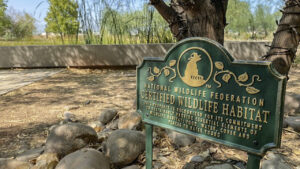
In “walking our talk”, Liberty Wildlife has just become a “Certified Wildlife Habitat” Number 251,299 in the National Wildlife Federation’s network of Habitats. Next time….think NATIVE.
(As a bonus for reading Hoots, Howls, and Hollers & This Week @ Liberty, here is a direct link to the new 2020 issue of our annual magazine “Wing Beats”)
![]()
Posted by Terry Stevens
Operations Director
This Week @ Liberty – September 15, 2020
Even though the intake rate has dropped to less than 20 on most days, the total number is still staggering. No one ever dreamed we’d be closing in on 11,000 in September. I’d like to thank the Intake Window Team for doing a stellar job of being the public interface during the non-stop busy months this past spring. My biggest challenge now (aside from dealing with the fallout from COVID-19) is losing people from boredom. But most everyone knows that stuffing berry baskets and keeping records updated is still necessary for the treatment of the little creatures that come in for care. What does change is the average size of the birds that are brought to us after the spring rush. Now we’re getting yearling and juvenile birds and animals so our average intake is a bit larger than we had in the spring and early summer. The lack of a recognizable monsoon has most likely affected our operation as well, but hopefully the monsoon season isn’t over yet. Everything needs rain!
Here’s what happened in the past three weeks…
As the level of activity slows, we’re able to catch up on a few things that require attention. Keeping the supply of properly prepared berry baskets and plastic tubs is a constant challenge when it’s busy. This picture shows what its like when EVERYTHING is full and ready for action. This lasted about 10 minutes… LOL
What is really satisfying is the huge number of birds that are getting ready to be released to the wild. All of these are our success stories and bring a smile to our hearts. Releases are over in about 4 seconds, but the joy lingers, knowing the animal has been given a second chance to be what it was designed to be. Almost none of them would have survived if it had not been for the efforts of the wonderful volunteers at Liberty Wildlife.
Look for 2 pictures
The variety of species we see come through our intake window never ceases to amaze me. In the past three weeks, this array included this beautiful black headed grosbeak. Undoubtedly on migration, this little guy ran into a window and had to recuperate from a bad headache. The menagerie also included this gila woodpecker that was the victim of a cat attack. Please, folks, they are called “house cats” for a reason… Then this pretty lesser long-nosed bat arrived. He has been eating well and hopefully will be released soon. (Does this mean that somewhere there is a “Greater” long-nosed bat?) This tiny Mediterranean house gecko was another victim of a misplaced glue trap. I think we’ve been over THAT territory before… The baby skunk came from an Intel plant in Chandler. It seems he had fallen into a hole and couldn’t climb out. Our ace R&T expert Carl Price gave him a first-class ride up to South West Wildlife for further care. And among the several bats we took in recently, this hoary bat certainly is a handsome guy. Forgive the horizontal orientation of the picture. When I posted it correctly (90 degrees counter-clockwise from this shot), it was difficult to appreciate his fine features!
Look for 6 pictures
Screech owls are pretty darn cute, and there are plenty of them around. Most people don’t seem to realize that most of the 13 species of owls in Arizona are small. We routinely have a couple of screeches in our care at any given time. That’s why you’ll see so many of them being treated on Vet Night pictured in TW@L. One of their defense mechanisms is the ploy of playing dead when they feel threatened. This can make it a little easier to examine them for injuries, but also makes the volunteers a bit uneasy if they play their part too well!
Another cactus wren was caught on a glue trap that had been placed outside, against published instructions to the contrary. This little guy, one of our state birds, will survive, although he’ll have to stay with us until he molts in all the feathers he lost to the sticky trap.
American coots are aquatic birds with very interesting feet. Their toes will widen out when pushing back against water giving them added speed while swimming. On the forward stroke, the toes close reducing resistance and minimizing drag, This little bird also presented some “popping” of his wing joints which caused the Jan and Dr. Wyman to investigate if this was normal for this species.
The Harris’ hawk has an injured wing and appeared to be somewhat annoyed with his examination. I know how he feels…
Look for 7 pictures
Liberty is extremely fortunate to have Dr. Wyckoff as one of our volunteer veterinarians. She was a volunteer here at Liberty for years prior to becoming a vet, giving her a unique background for her work on our wildlife patients. Last week, she performed surgery on the leg of a roadrunner which in the past probably would not have been salvageable. Her skill along with our state-of-the-art facilities and equipment allows Liberty to successfully treat and rehabilitate birds and mammals that would have been euthanized in years gone by. In the next TW@L post, I’ll have pictures of a blood transfusion performed on a golden eagle.
Look for 2 pictures
I drove to Tucson last week to meet our friend Christie van Cleve who had an injured Mississippi kite. Needless to say, this is not a common bird in these parts. There are, however, a couple of local breeding grounds for these cool birds, one of which is in St. David, Arizona. The arrival at Liberty caused quite a stir as volunteers came from all over the facility to see this rare bird. The wing showed evidence of trauma and X-rays confirmed that the small raptor had been shot. A large pellet was lodged in his chest and smaller fragments were seen near the wing fracture. The bird was bandaged, given some medicine to combat infection, and fluids to fight dehydration. It is now getting cage rest until Vet Night this Tuesday.
Look for 7 pictures
Last week a lady arrived at the intake window with two newborn baby bobcats. It seems the family was living in an out building someplace in Maricopa. The building collapsed (cause unknown) and the mother and a third infant were killed. Two other kitties escaped and were found and brought to us. Apparently uninjured, we were able to stabilize them, feed them and give them fluids before sending them to Southwest Wildlife for further rehabilitation. We hope to someday have the facilities and equipment to handle mammals such as these in house and not have to outsource them.
Look for 6 pictures
In the last TW@L, we saw some of the work by the great artiste “Tulouse laGroot” as it was being painted. This week, we see the master again at work, using various palettes and techniques ton accomplish his incomparable work. Look for it on sale exclusively at the Wishes For Wildlife gallery next month!
Look for 4 pictures




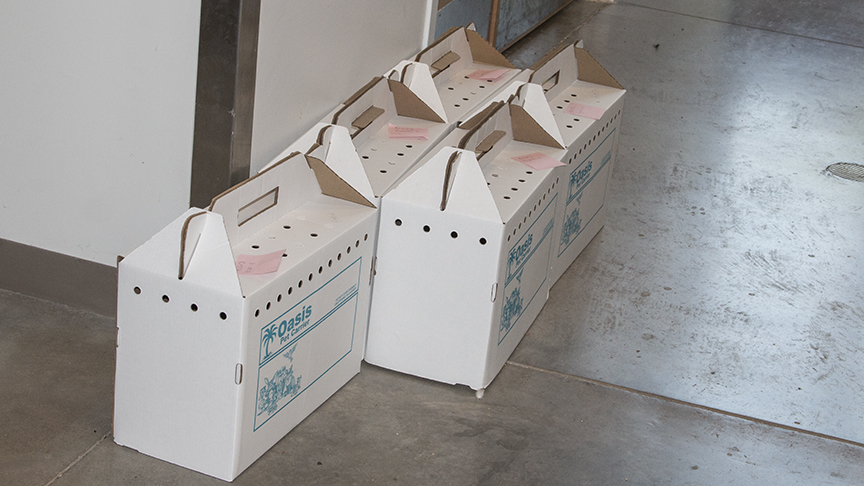
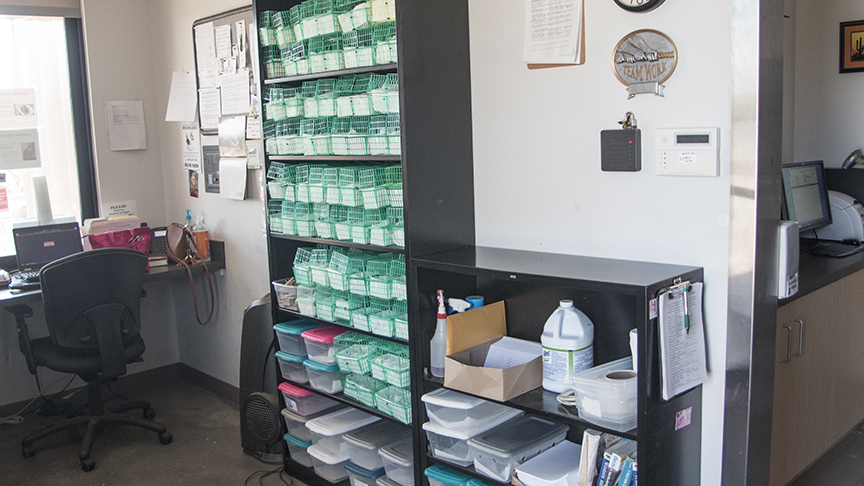
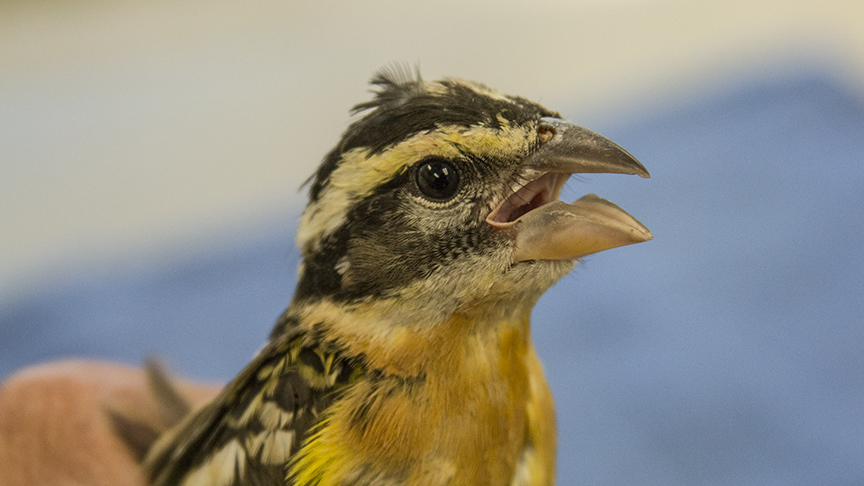
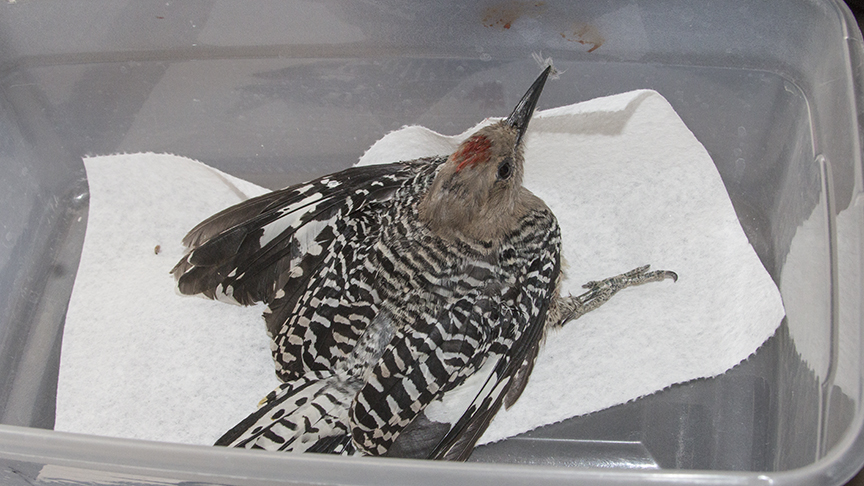
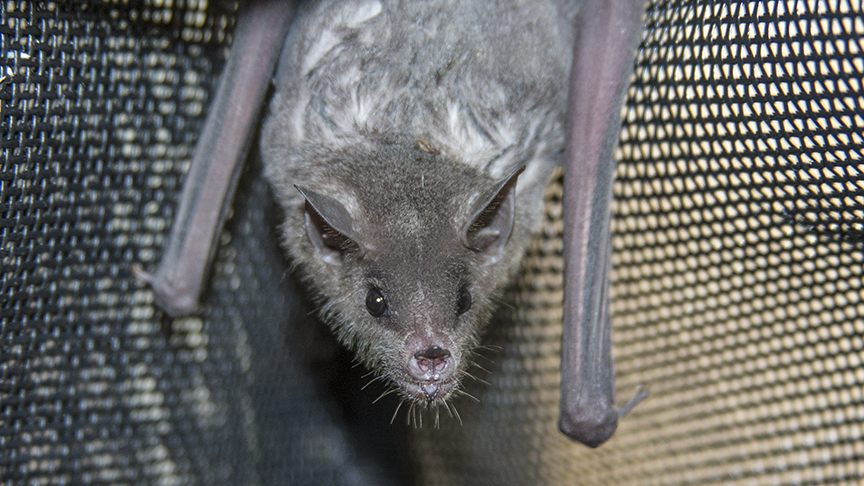
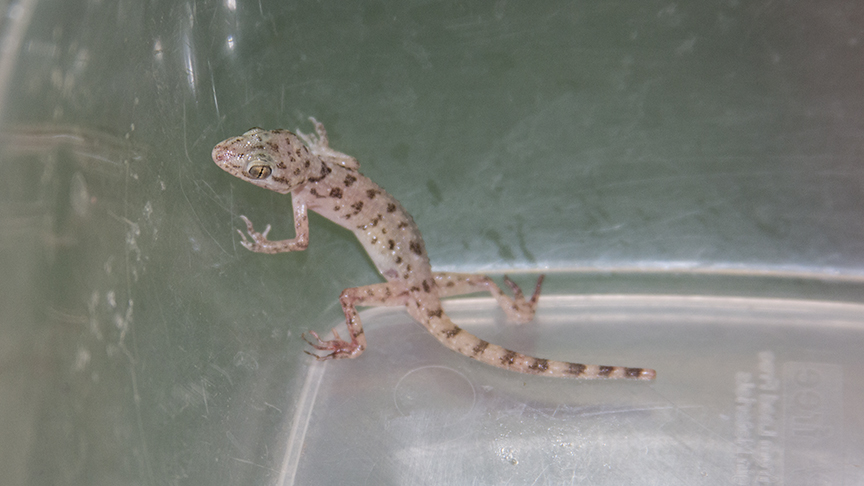

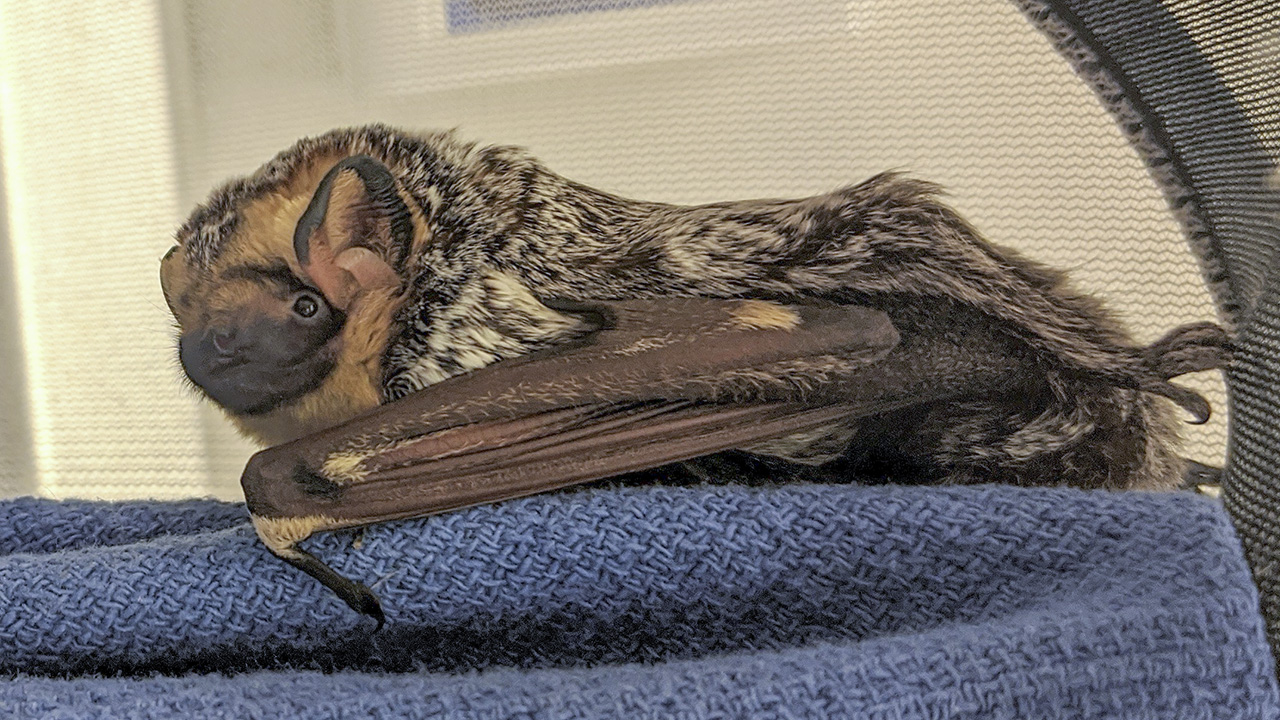
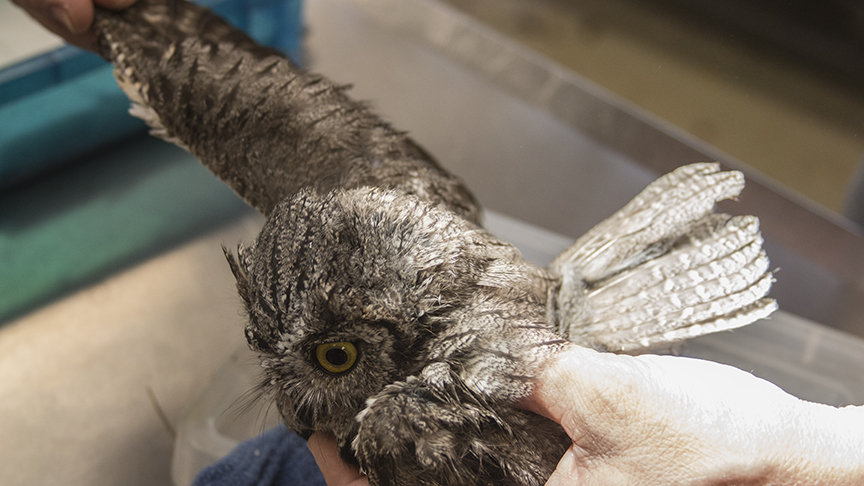
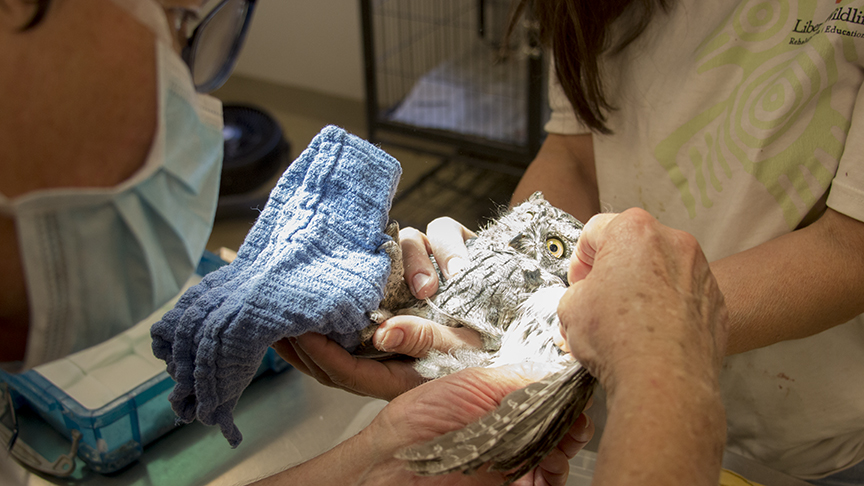
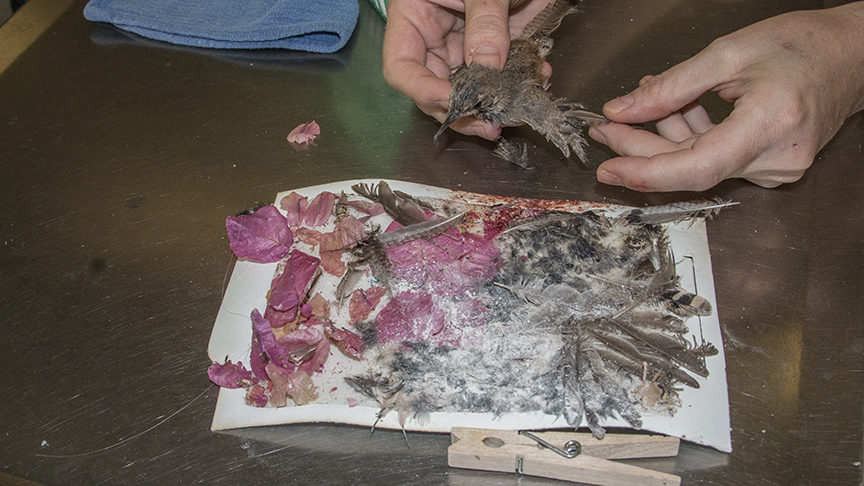
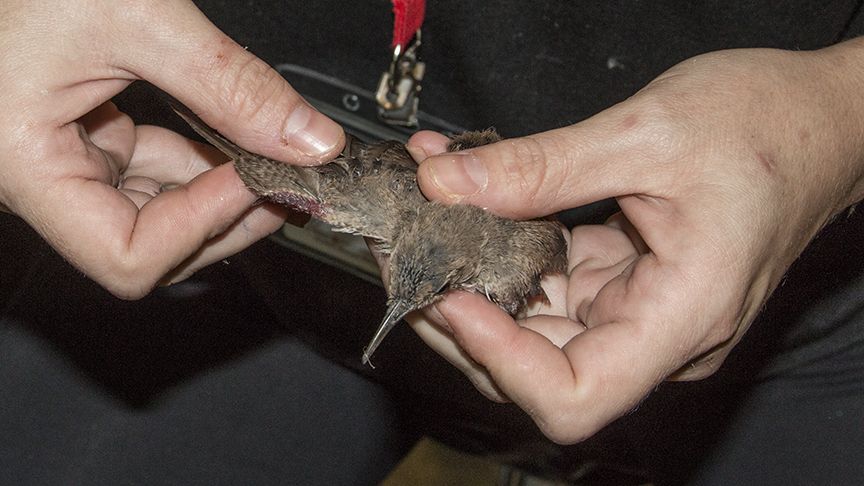

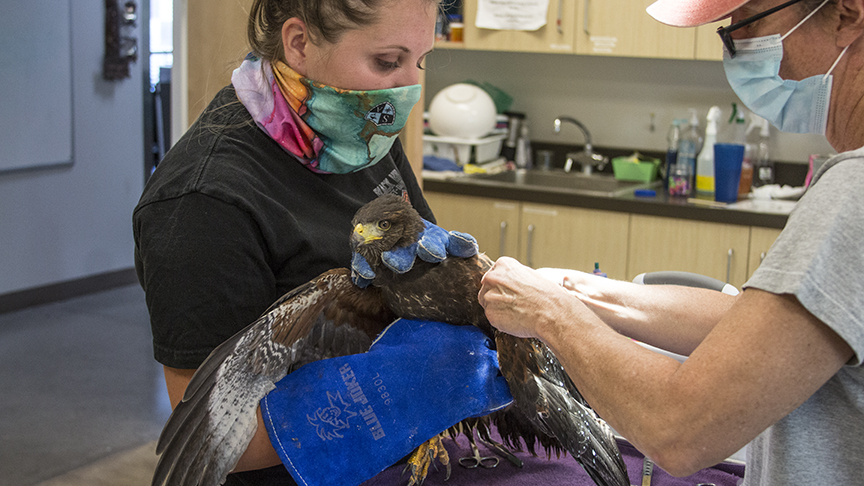
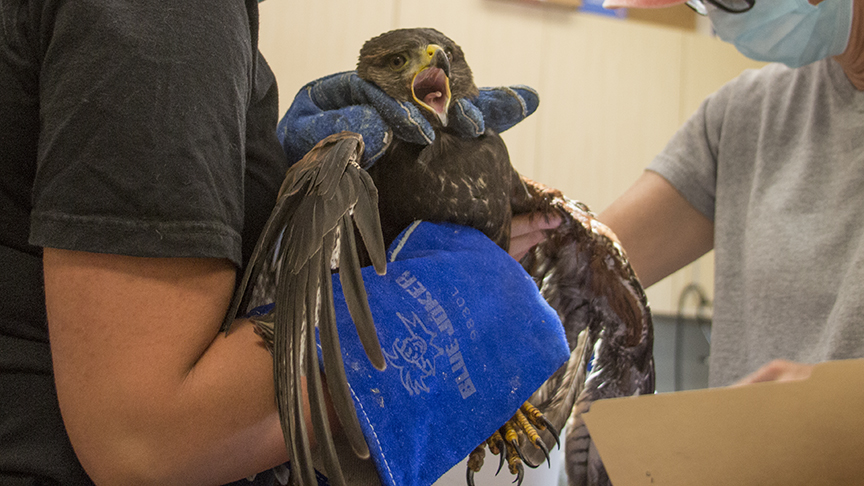
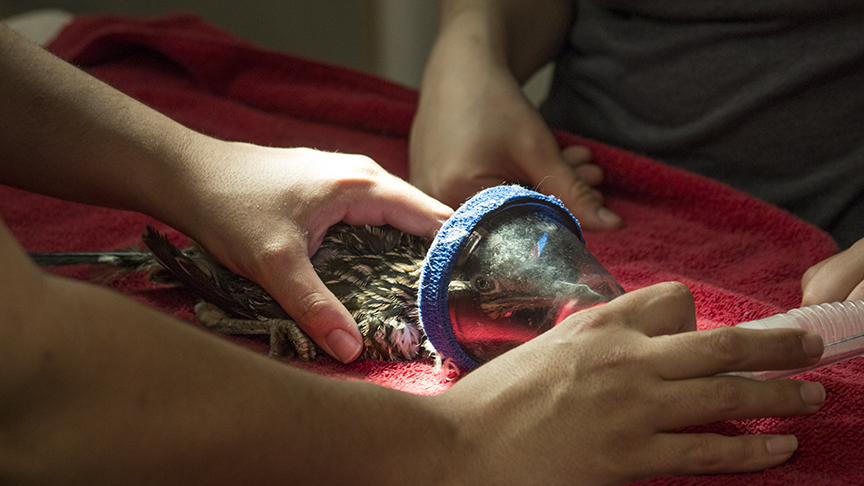
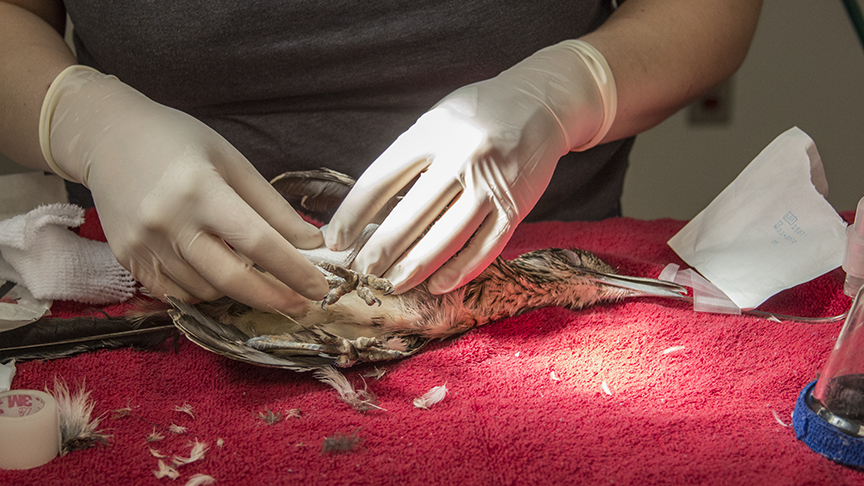
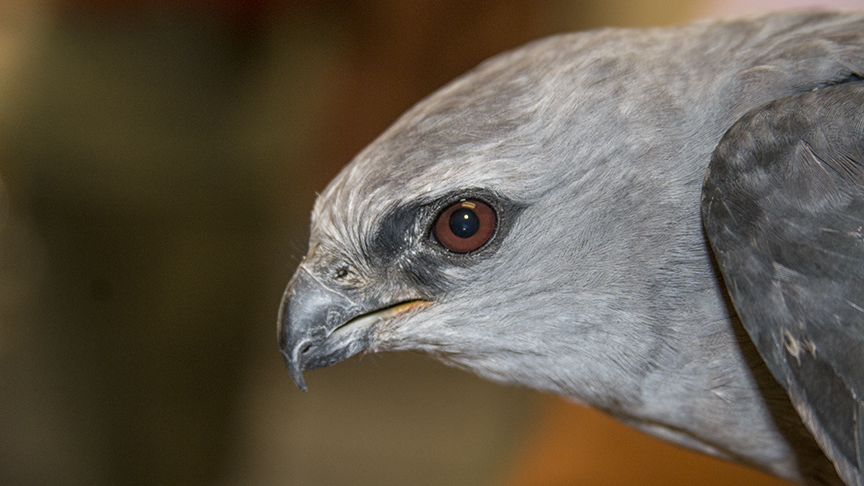


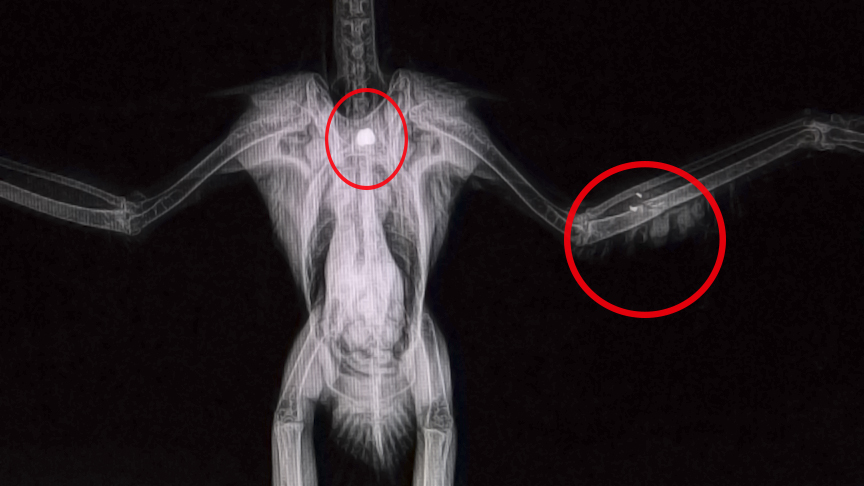
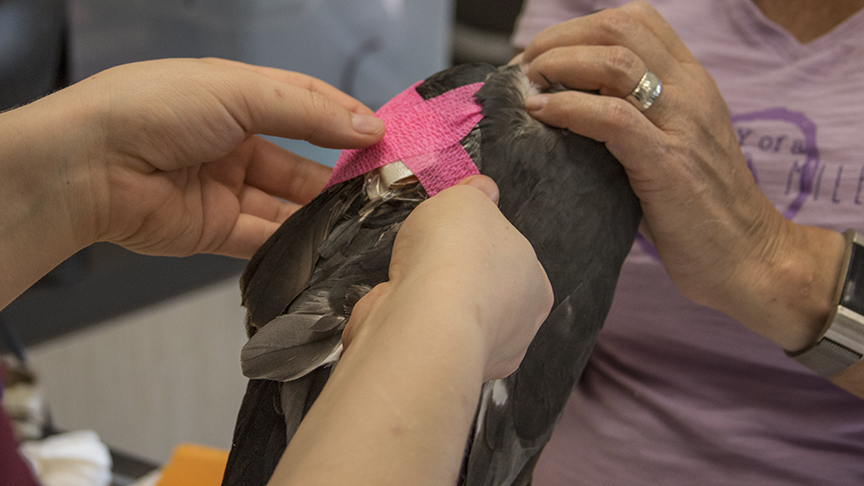
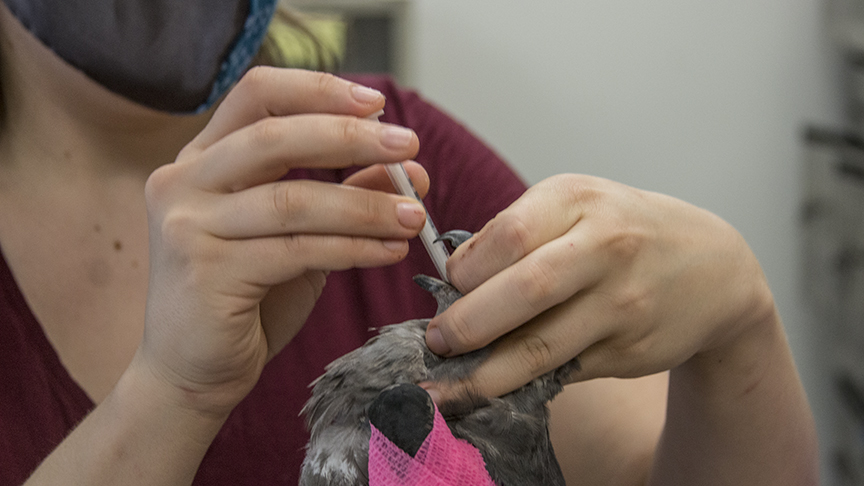
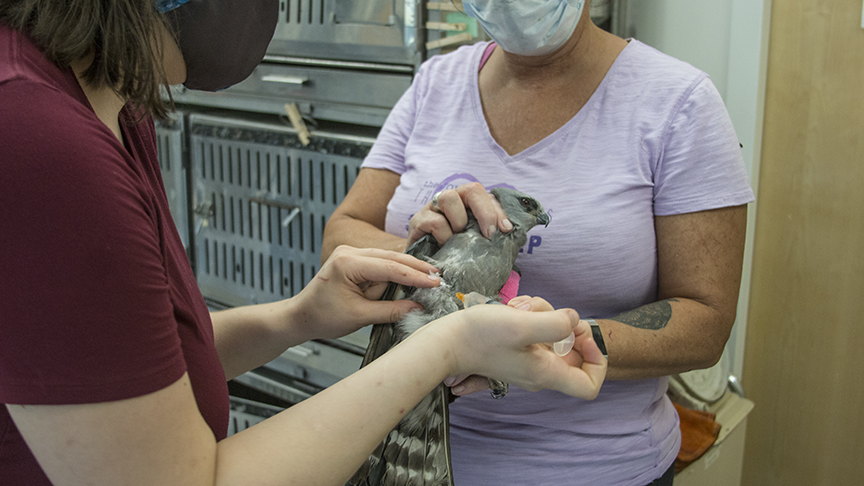
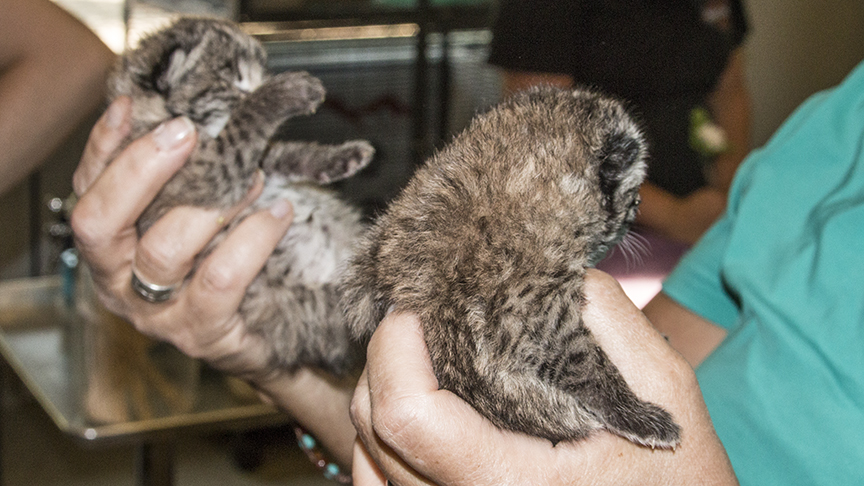
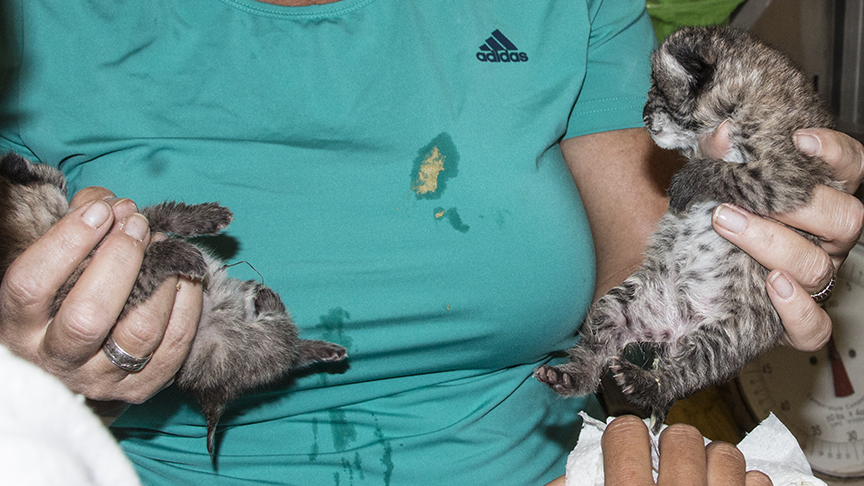
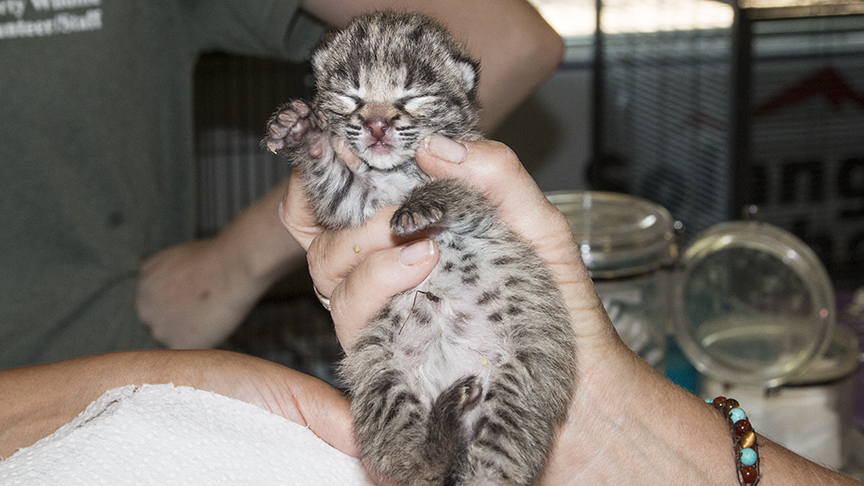

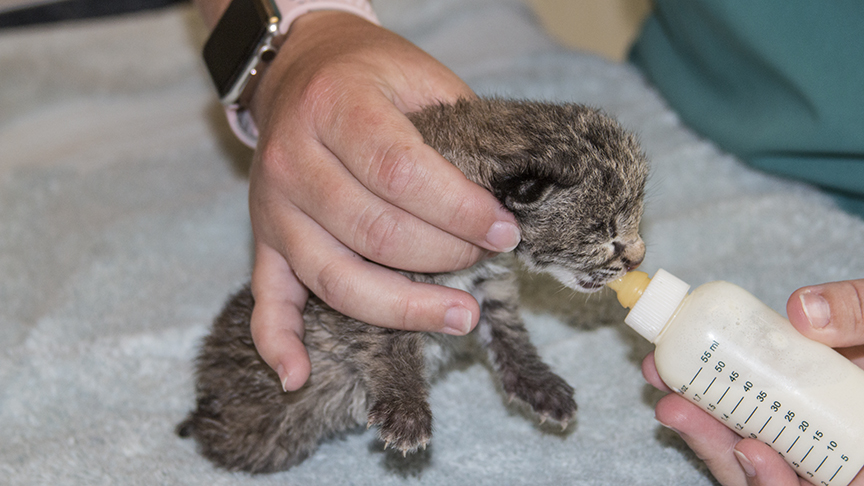

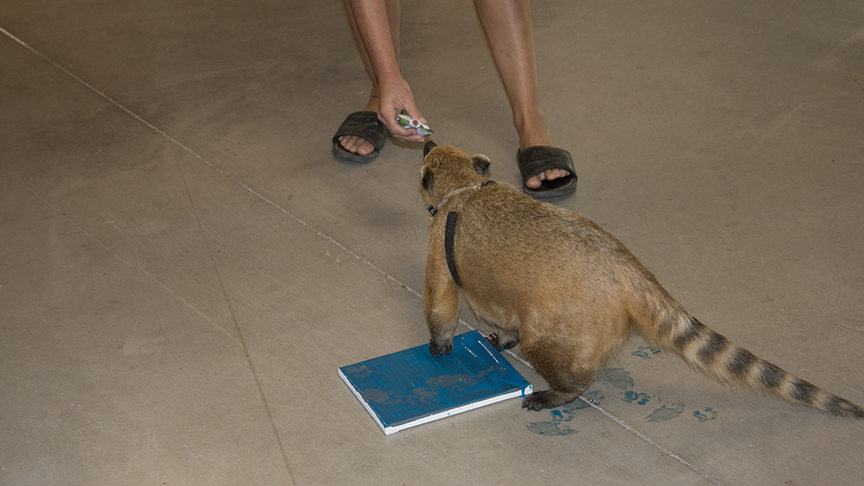
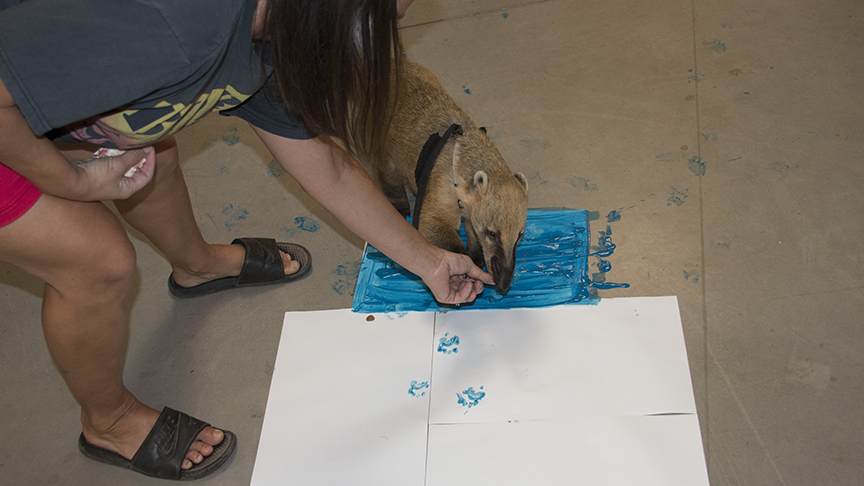


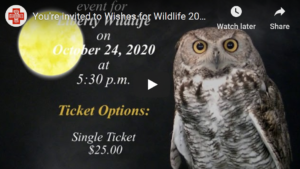
Leave a Reply
Want to join the discussion?Feel free to contribute!